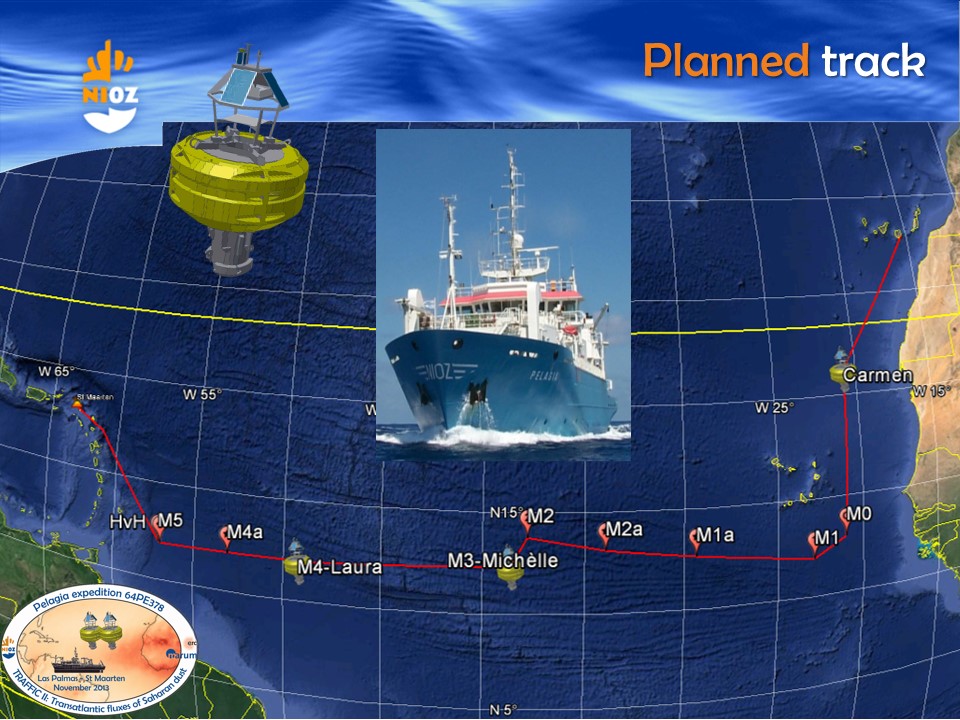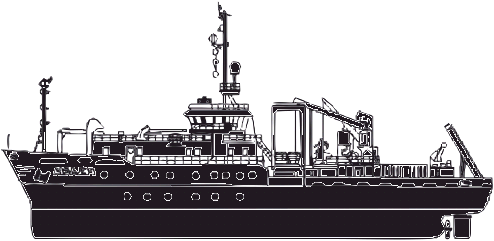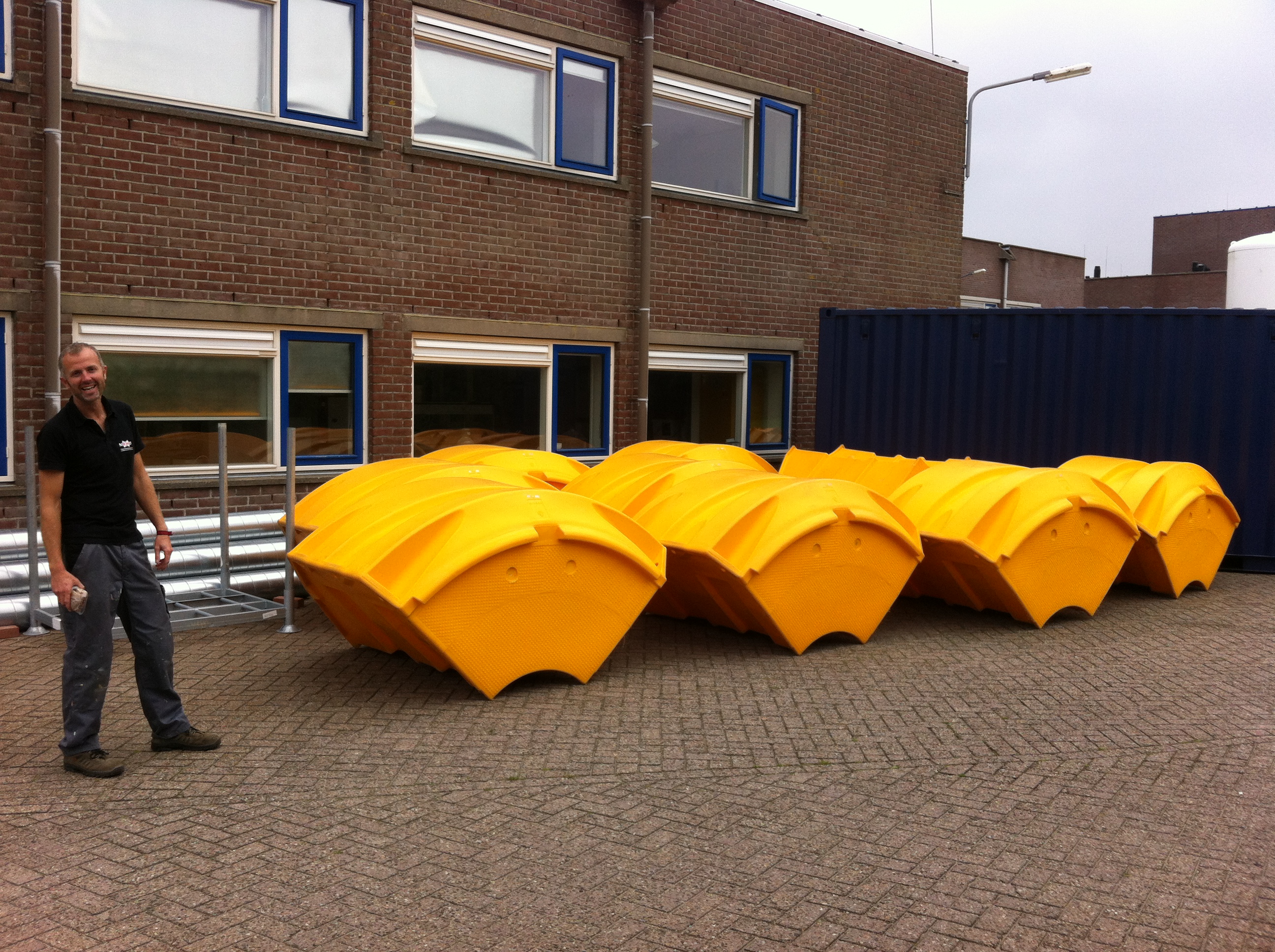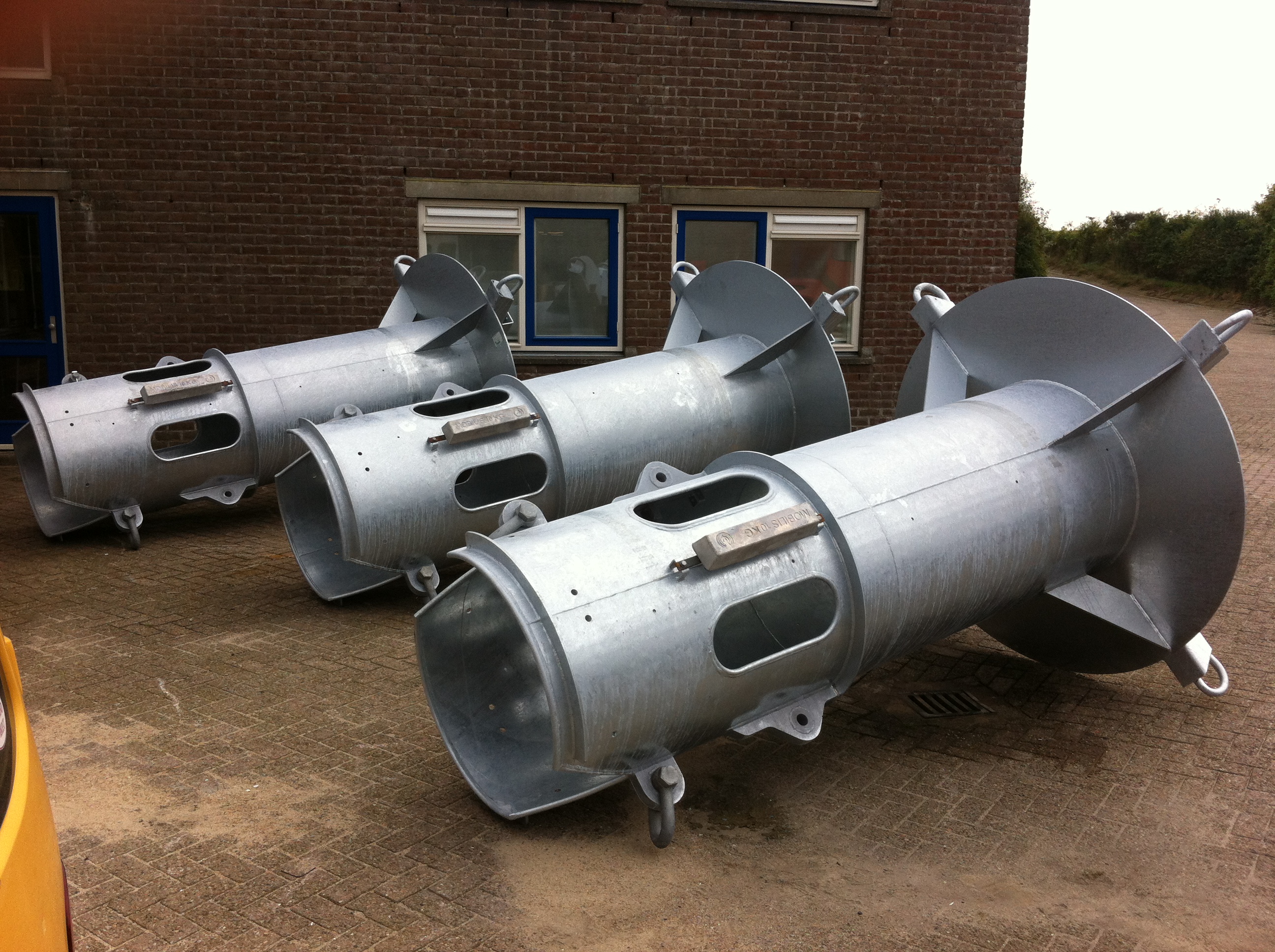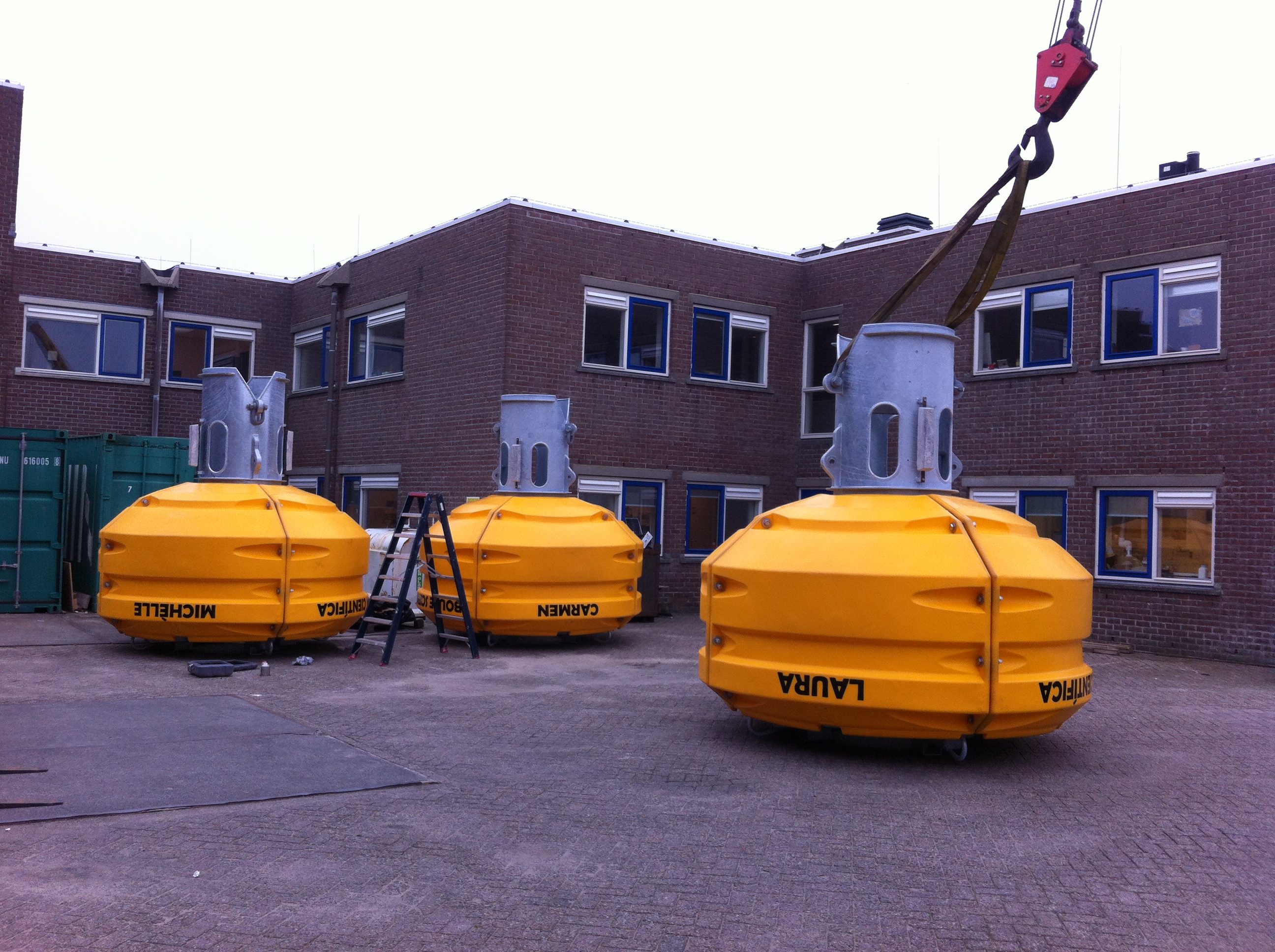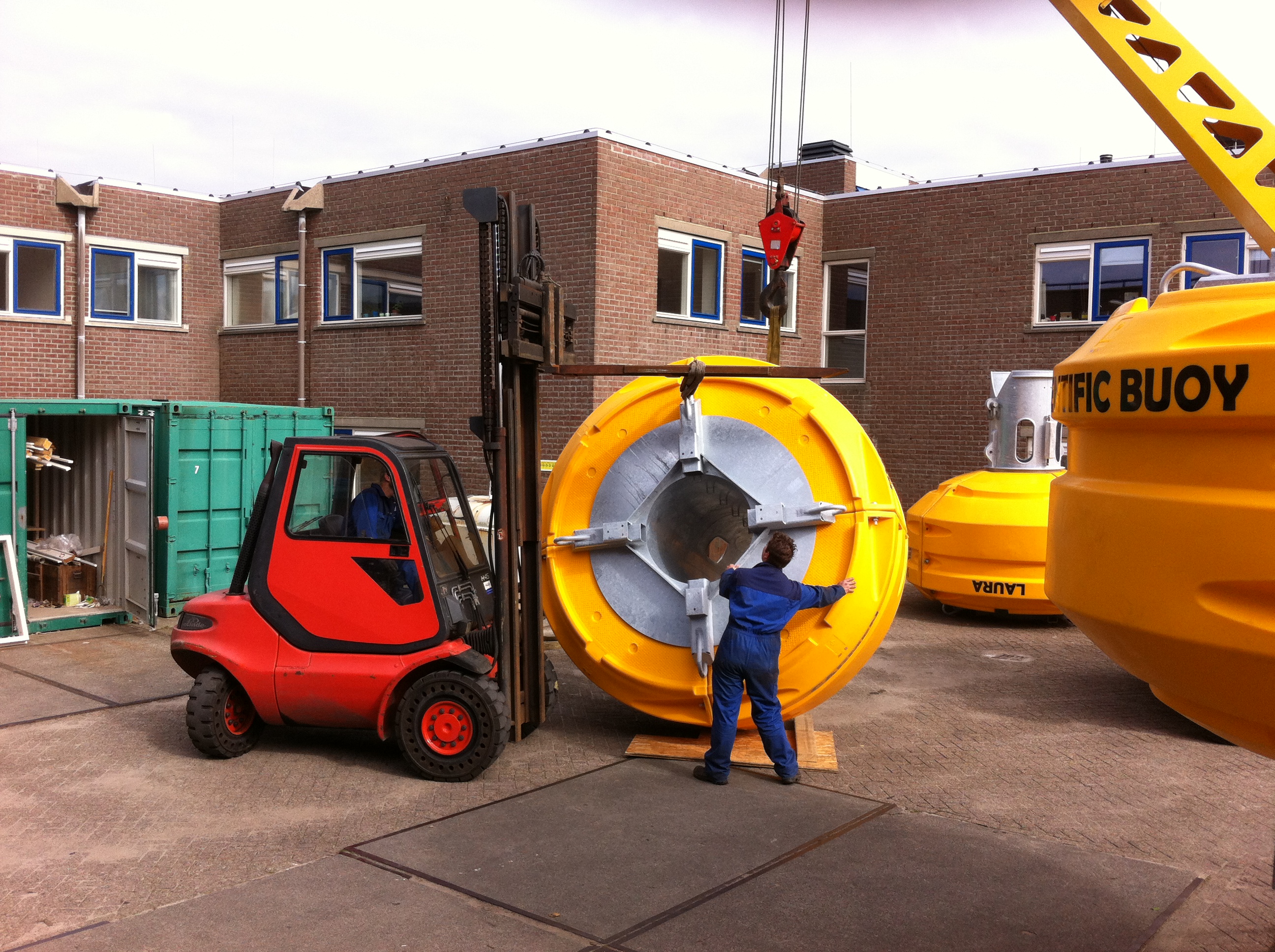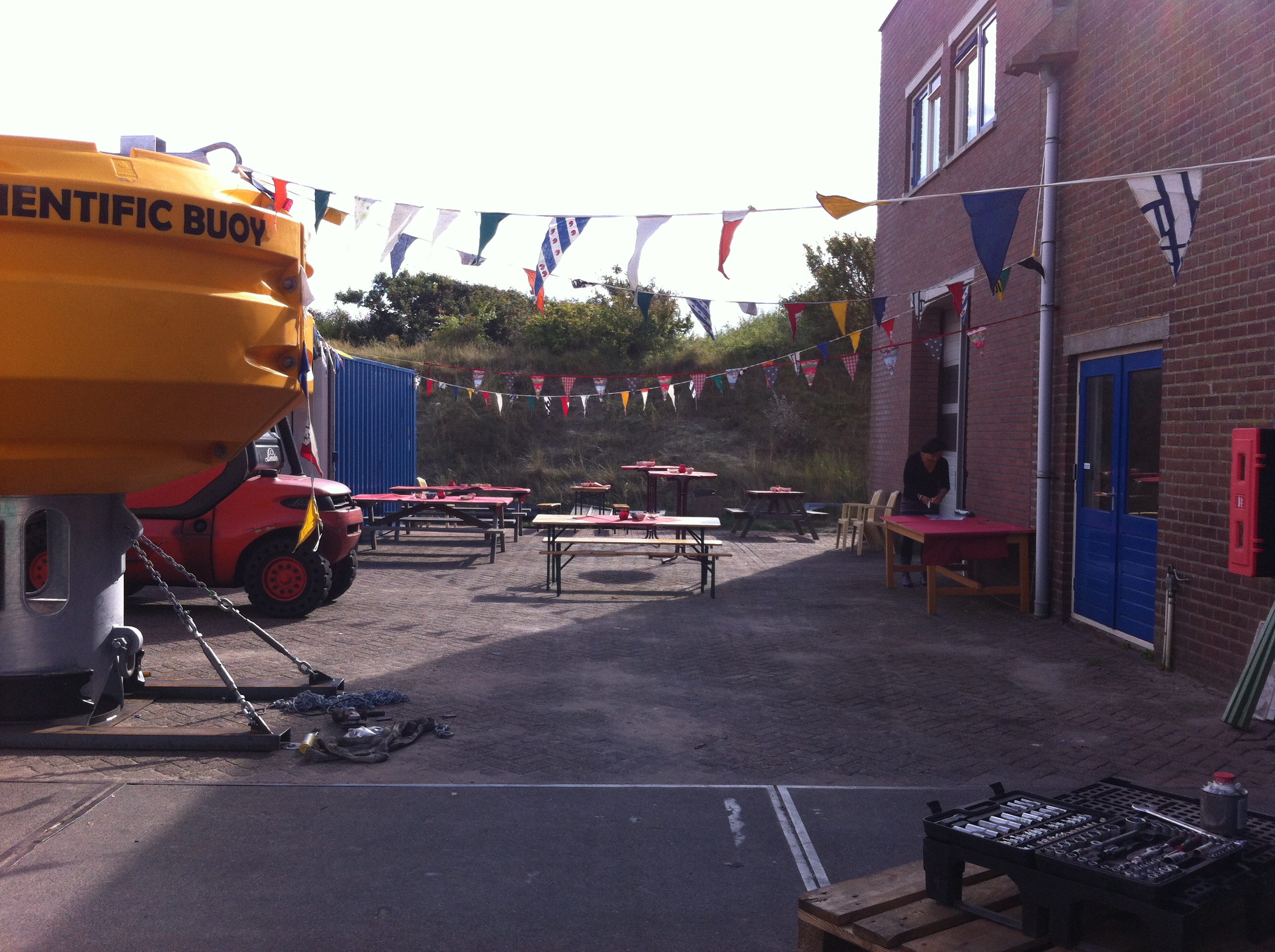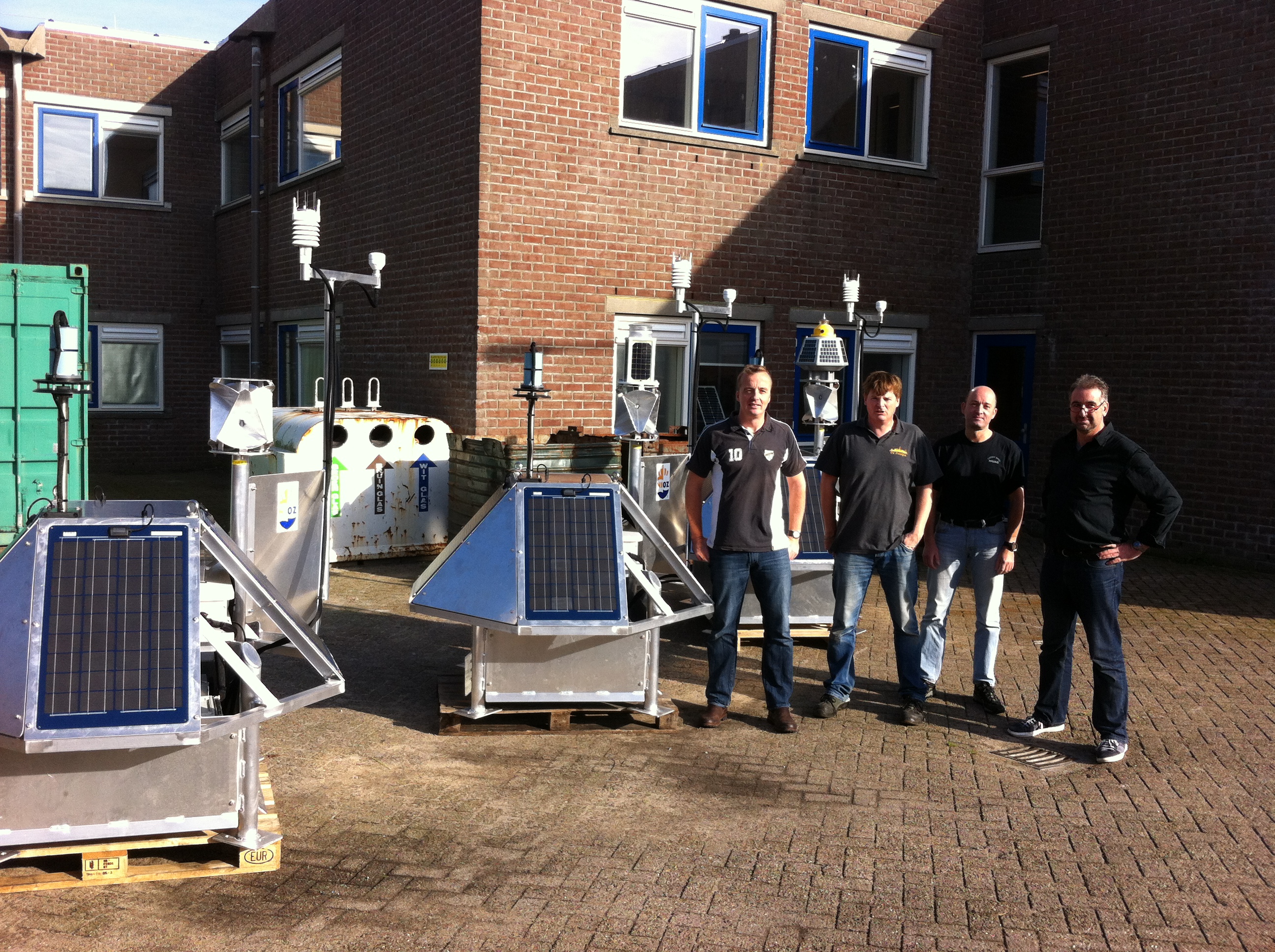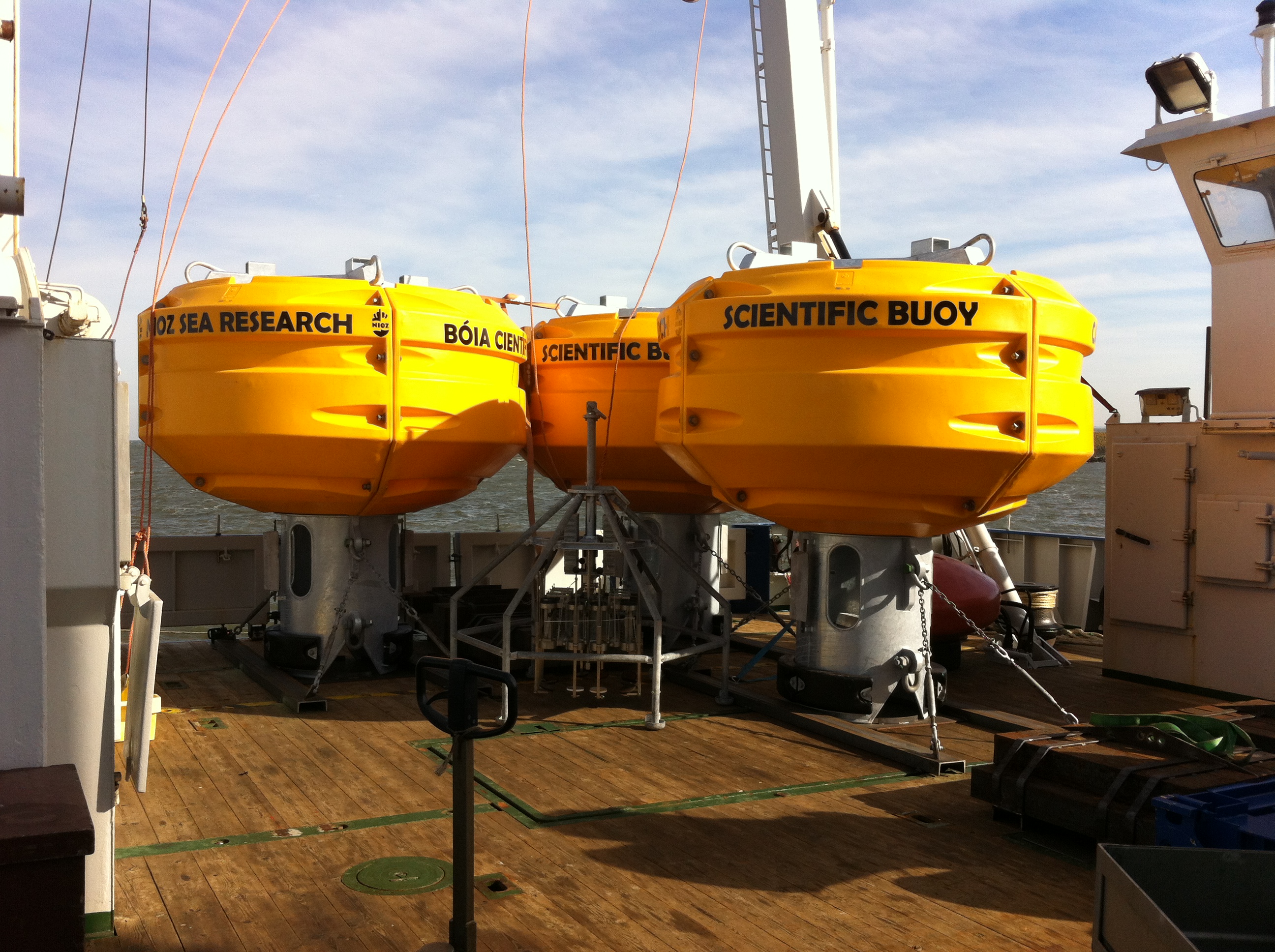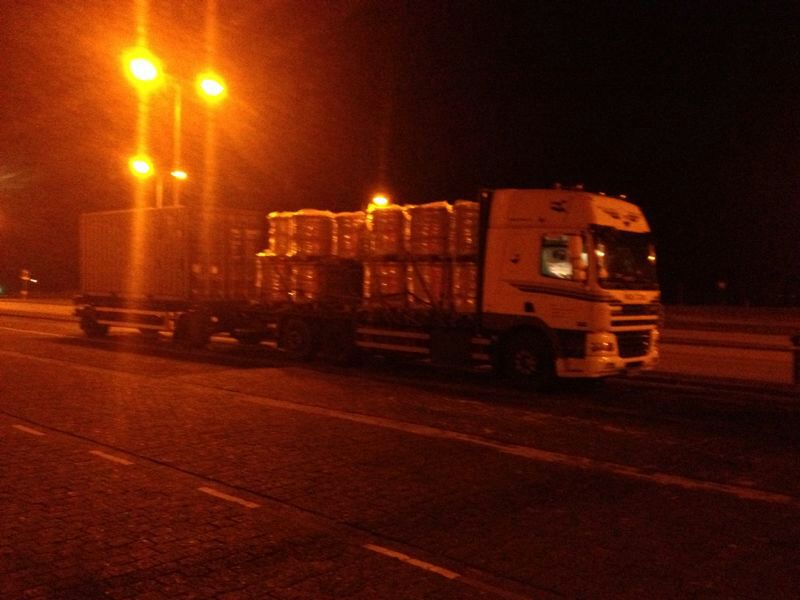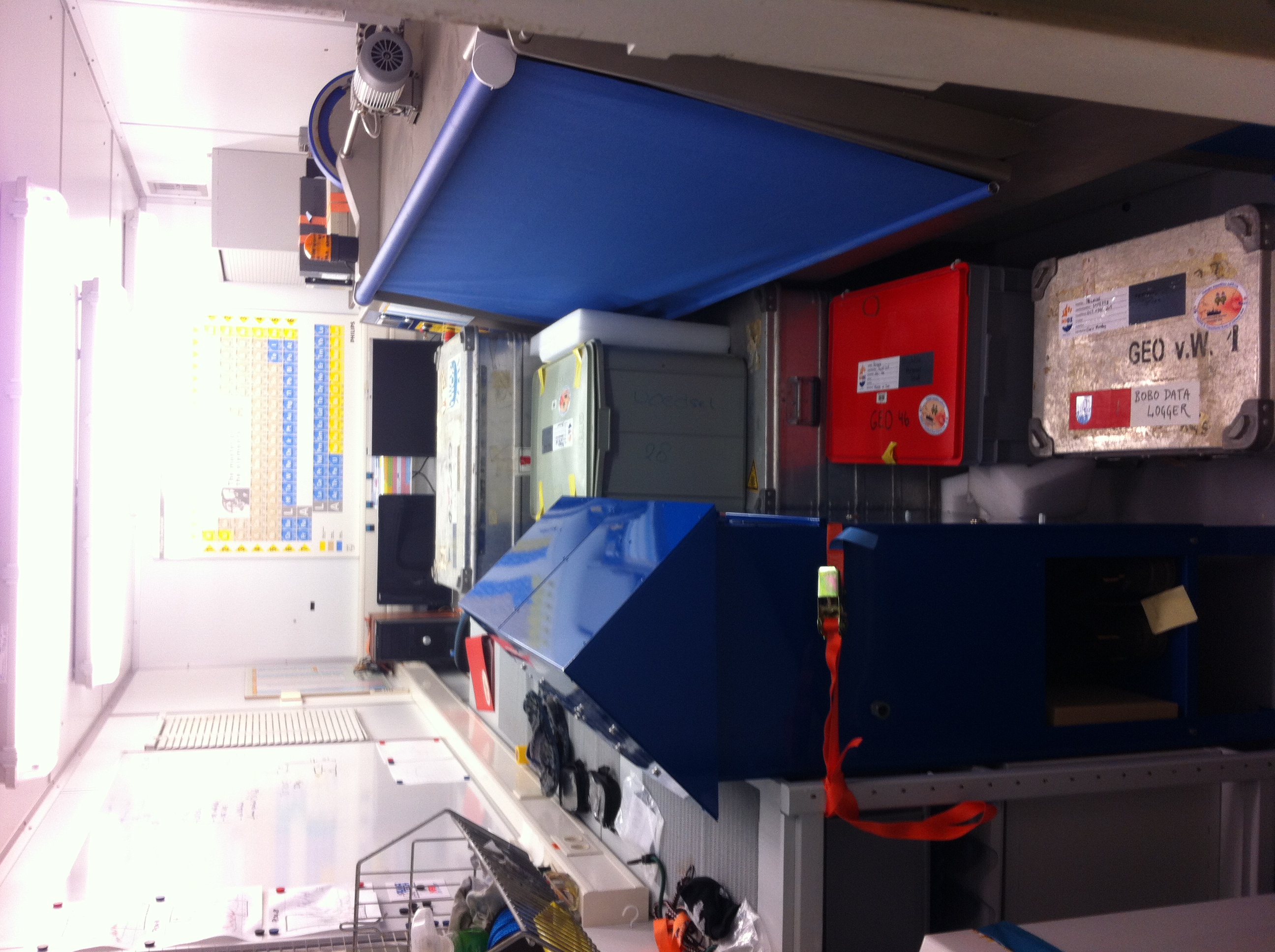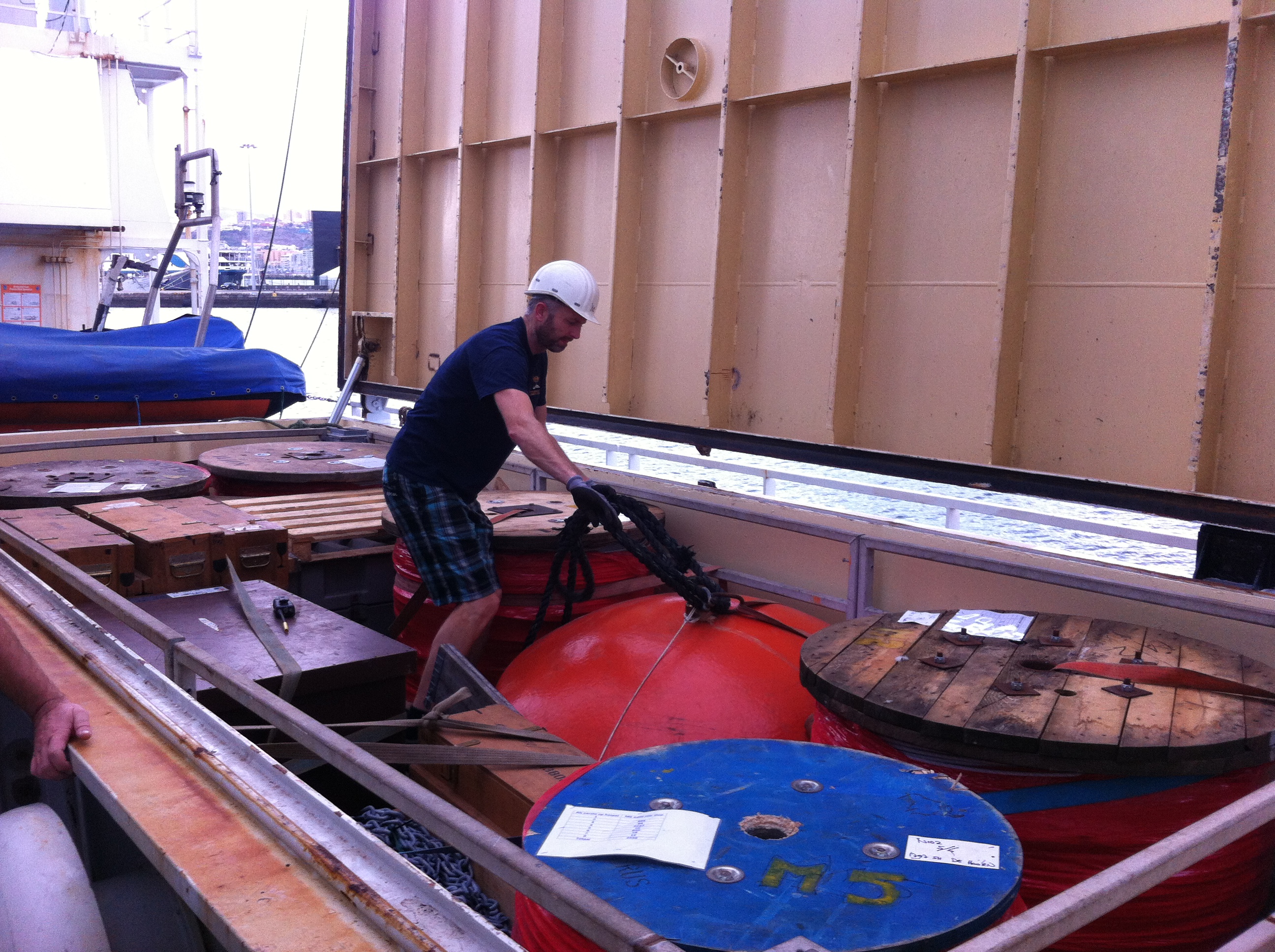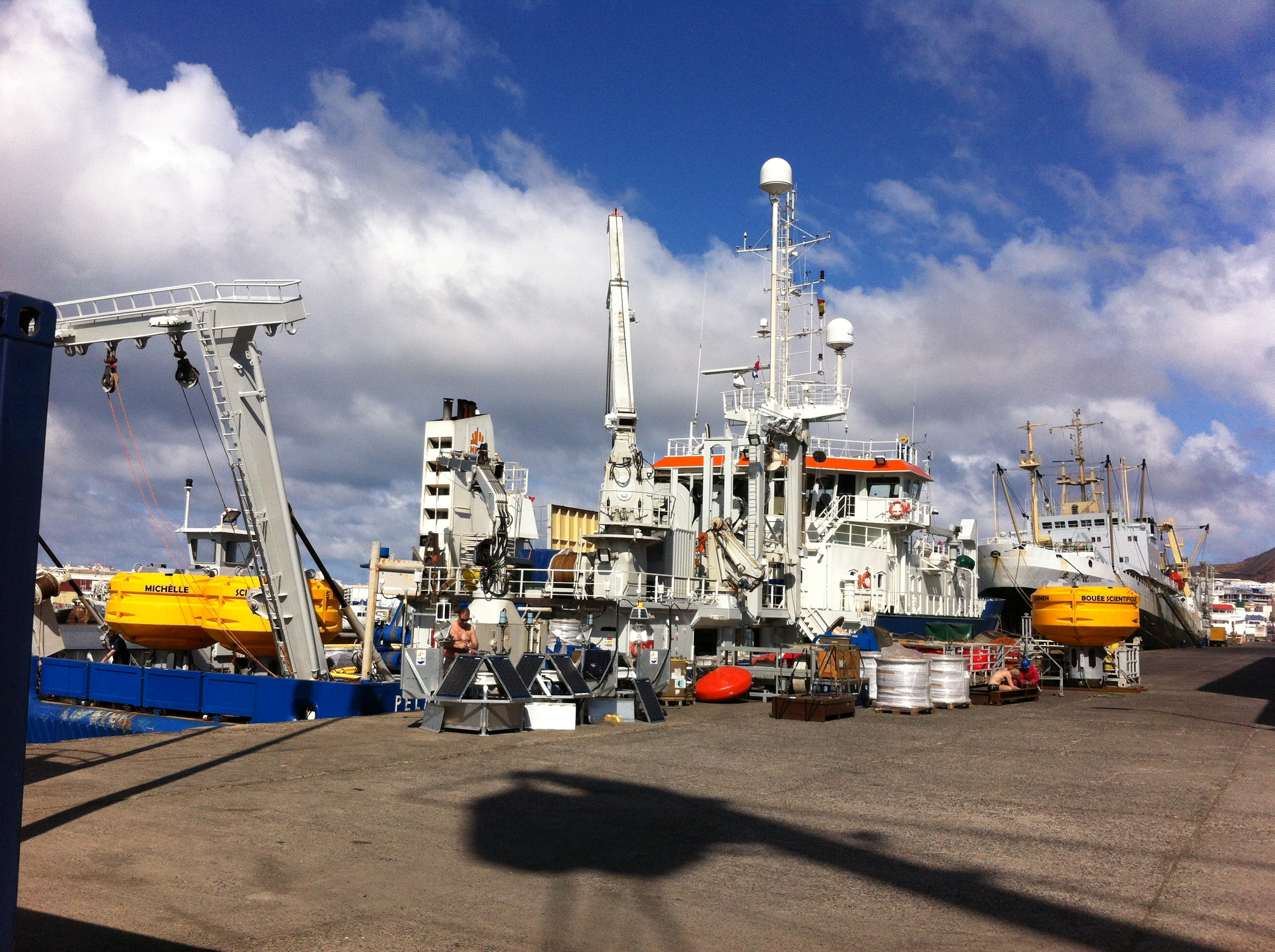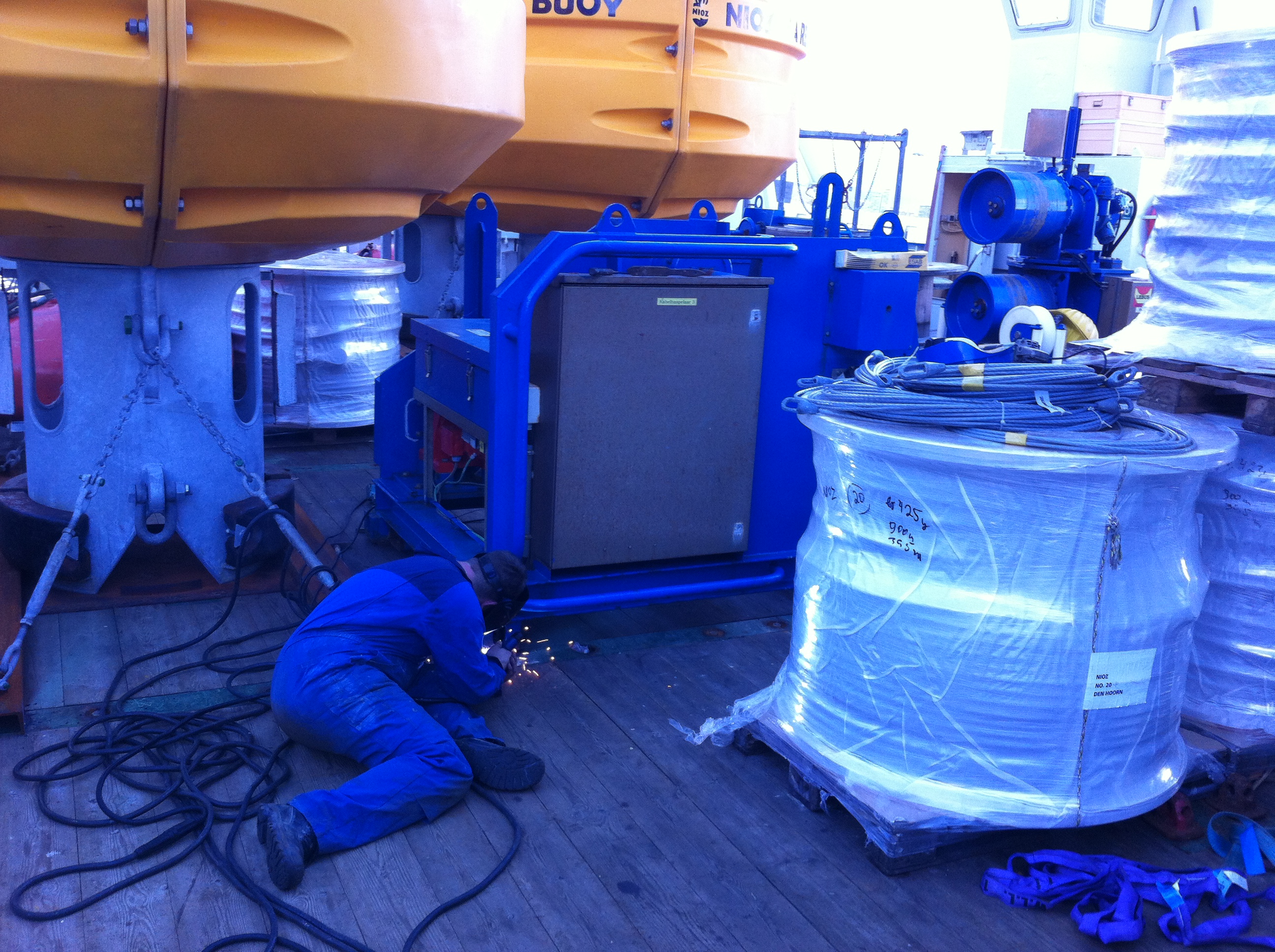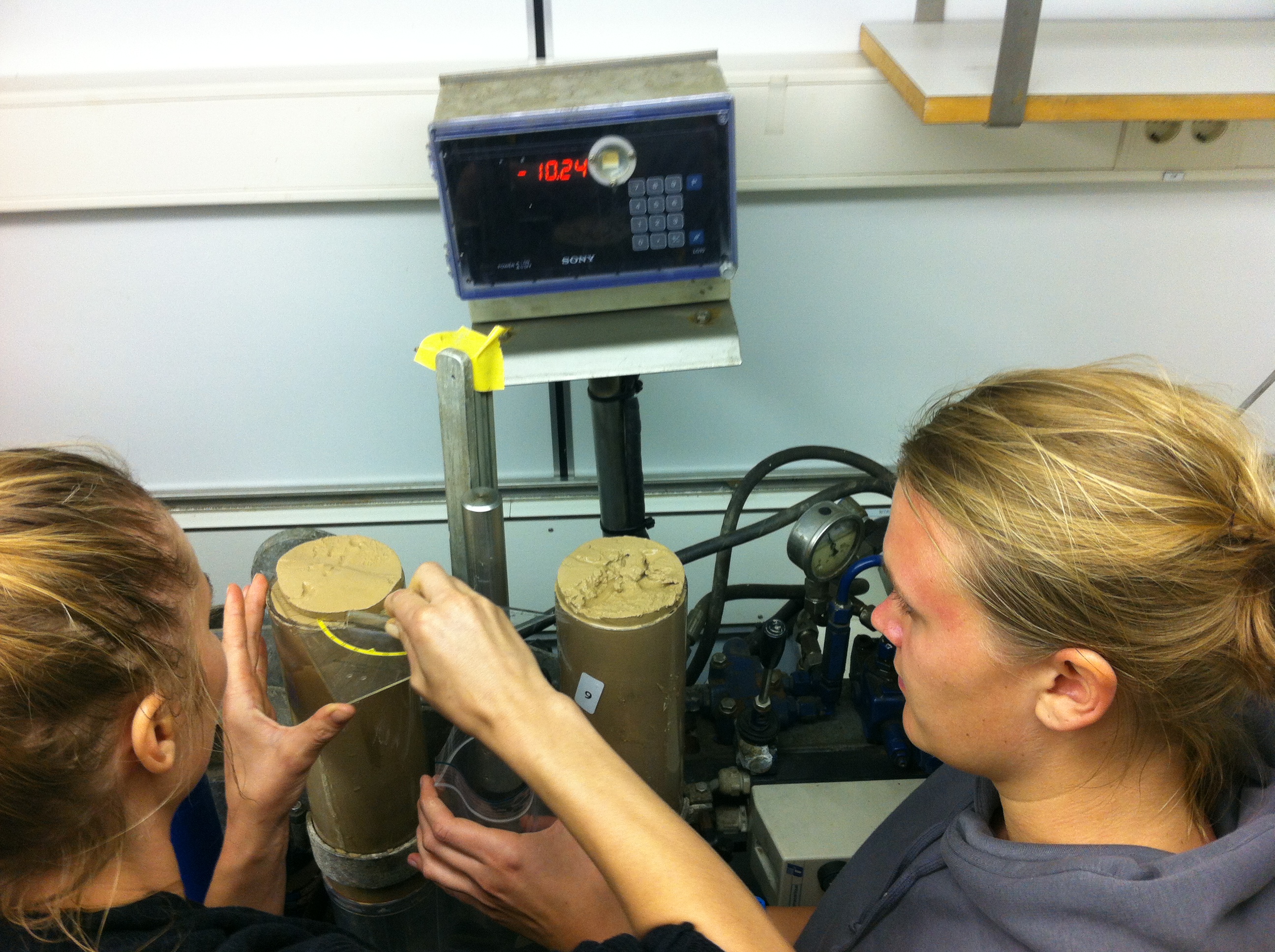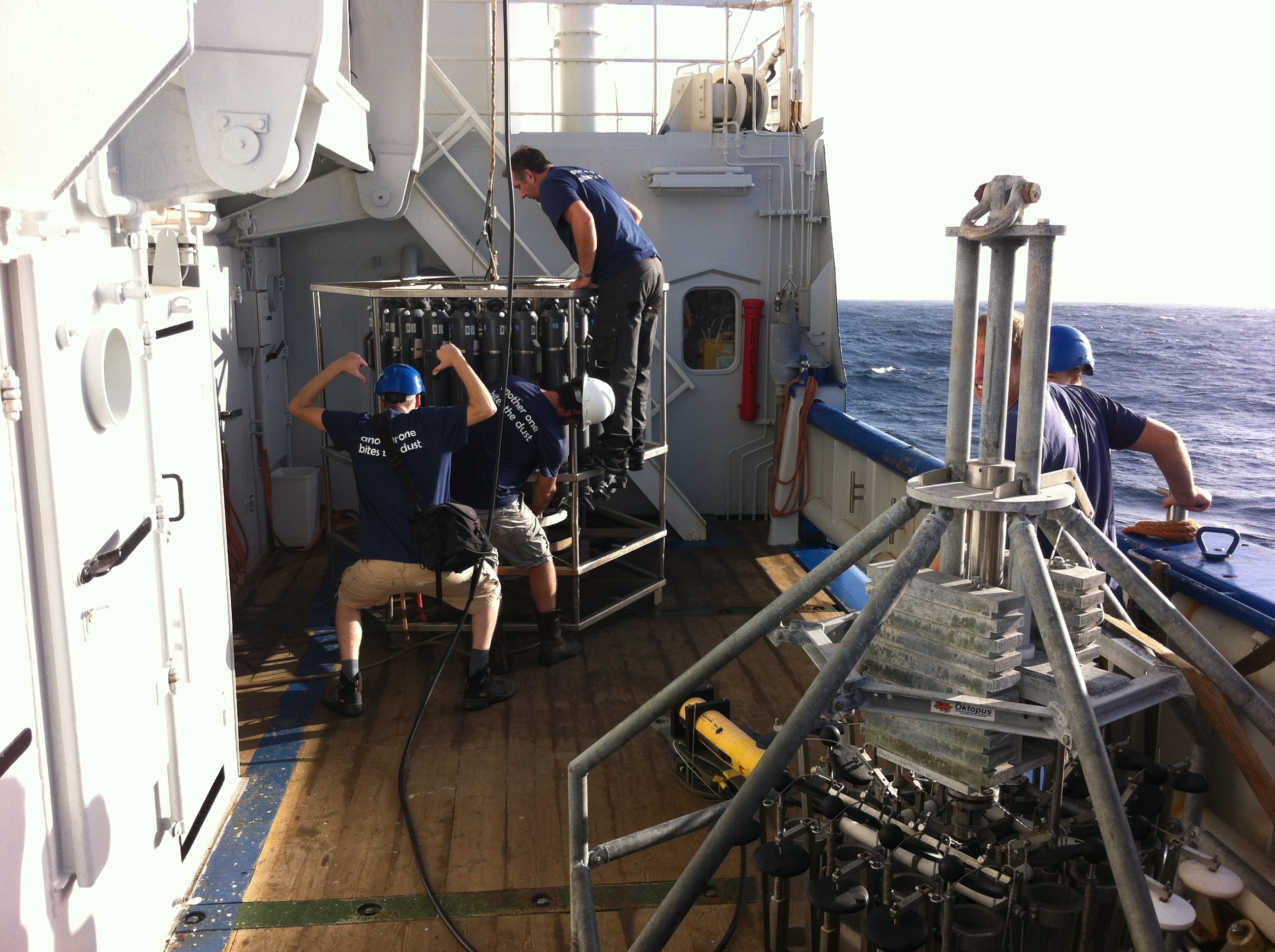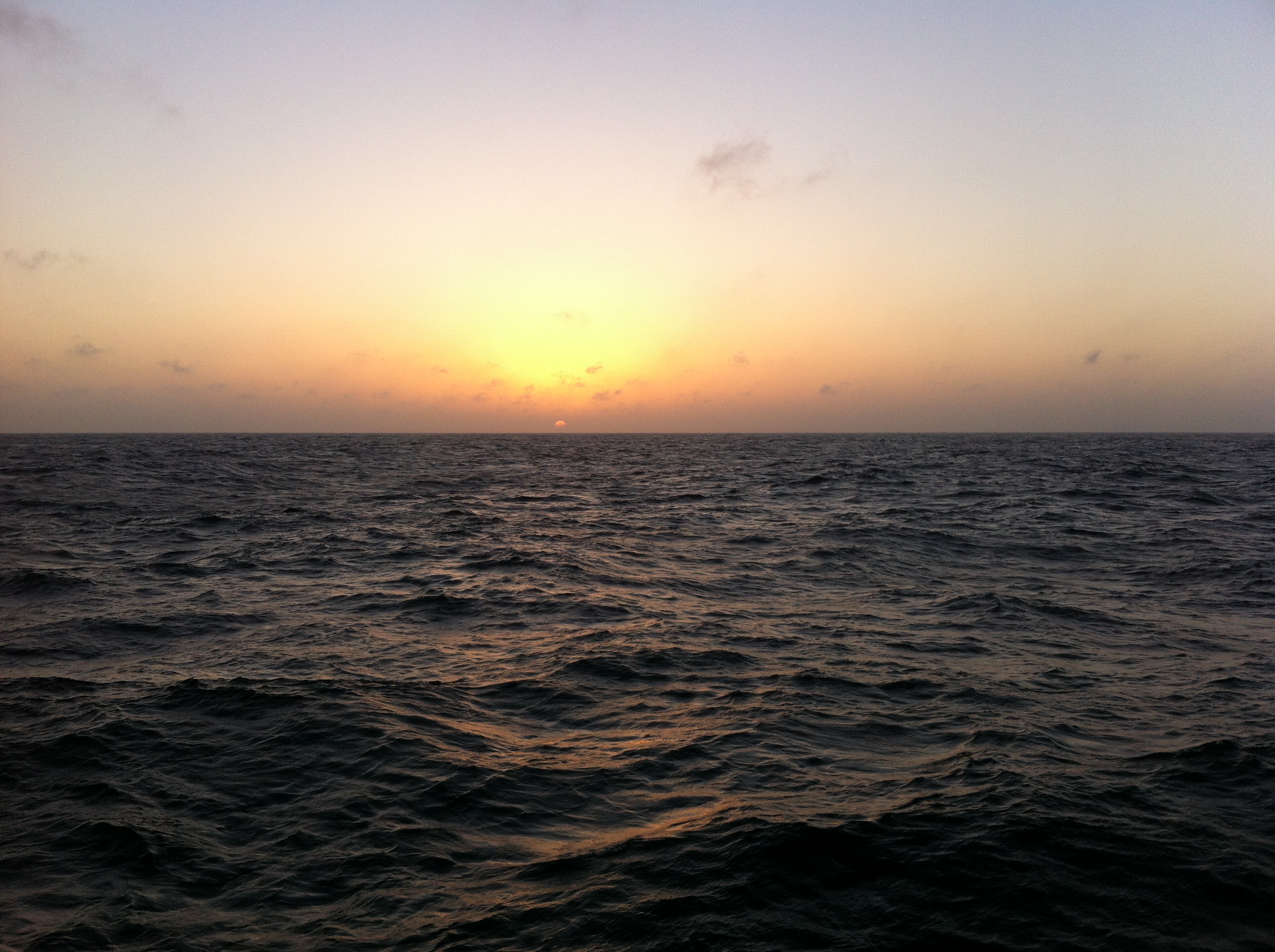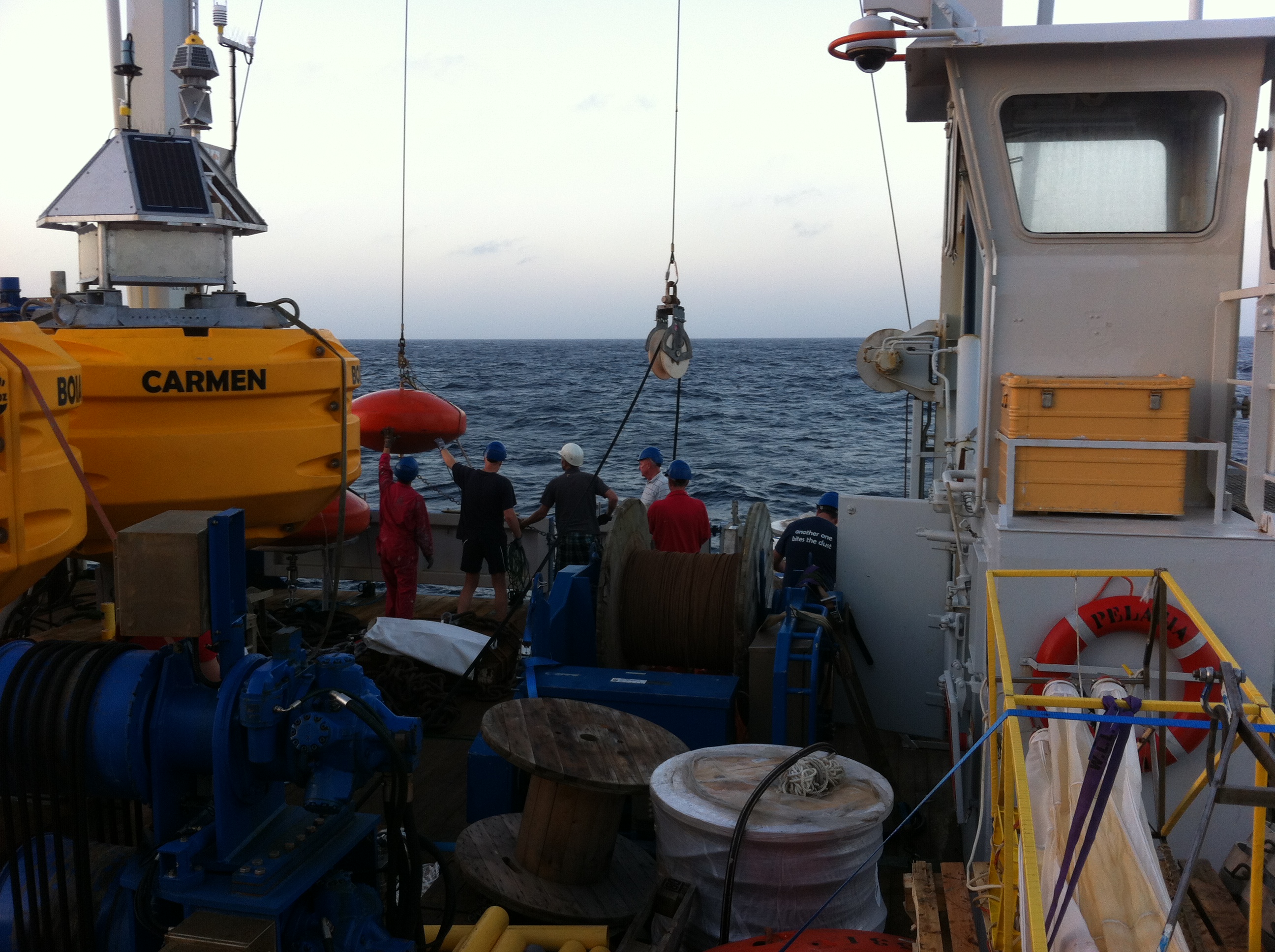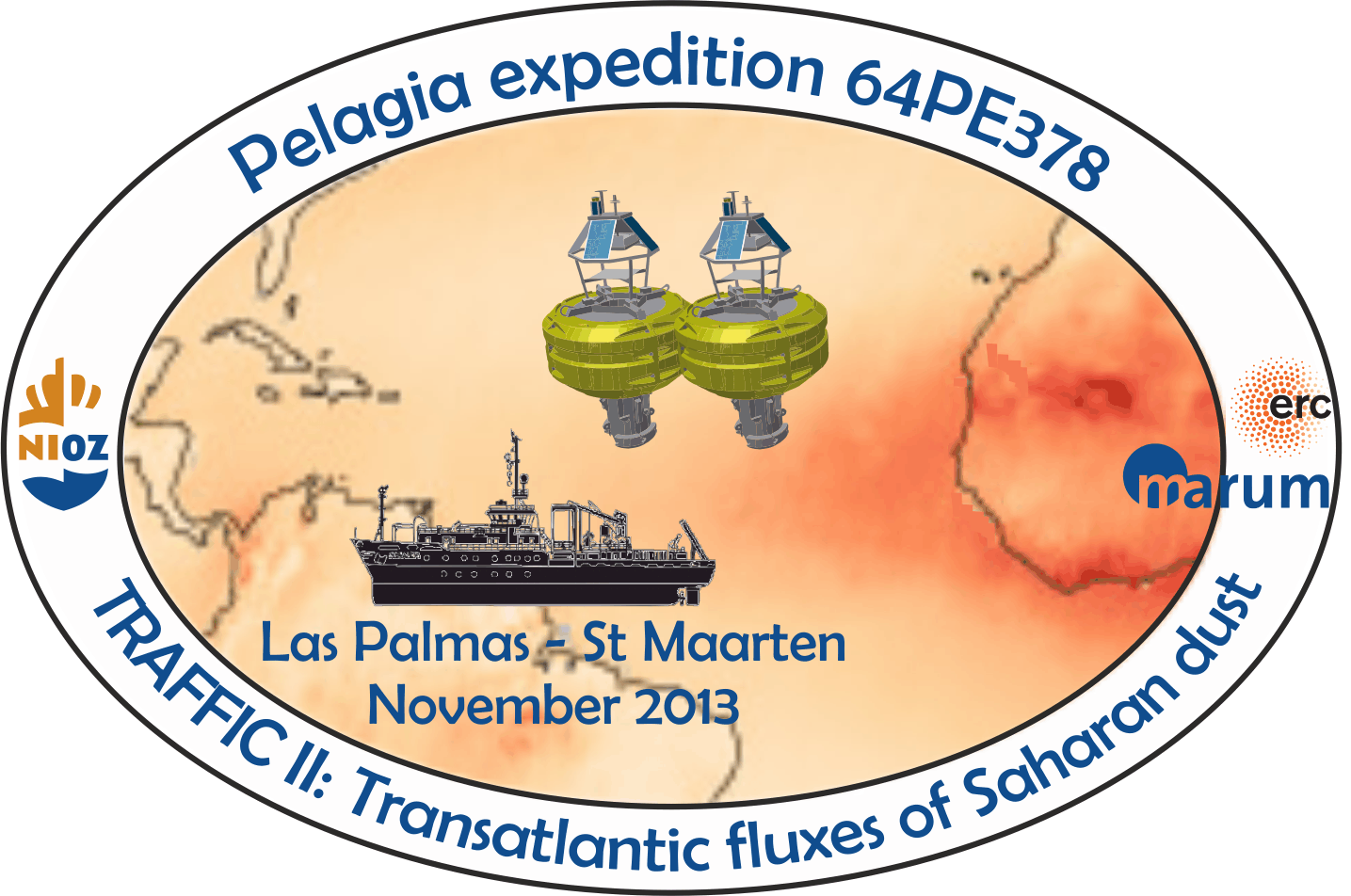
In November 2013 we sailed onboard RV Pelagia from Las Palmas (Spain) to Philipstown (St Maarten)
|
||||||||||||||||||||||||||||||||||||||||||||||||||||||||||||||||||||||||||||||||||||||||||||||||||||||||||||||||||||||||||||||||||||||||||||||||||||||||||||||||||||||||||||||||||||||||||||||||||||||||||||||||||||||||||||||||||||||||||||||||||||||||||||||||||||||||||||||||||||||||||||||||||||||||||||||||||||||||||||||||||||||||||||||||||||||||||||||||||||||||||||||||||||||||||||||||||||||||||||||||||||||||||||||||||||||||||||||||||||||||||||||||||||||||||||||||||||||||||||||||||||||||||||||||||||||||||||||||||||||||||||||||||||||||||||||||||||||||||||||||||||||||||||||||||||||||||||||||||||||||||||||||||||||||||||||||||||||||||||||||||||||||||||||||||||||||||||||||||||||||||||||||||||||||||||||||||
|
|
|
|
The buoys were put on board RV Pelagia when she set sail for Ireland and later Lisbon, Portugal. The cables (~36 km, which is more than from the ferry harbour to the lighthouse on the northern tip of Texel!) were brought to the ship in Lisbon by Piet Grisnigt. |
|
|
|
|
|
|
|
|
|
|
|
|
|
|
|
|
|
|
|
|
|
|
|
|
|
|
|
|
|
|
|
|
|
|
|
|||||||||||||||||||||||||||||||
|
Once on board it turned out that Hein had his birthday. And when the cook has his birthday, you’re in for a treat! |
|||||||||||||||||||||||||||||||
|
|
|||||||||||||||||||||||||||||||
|
As the ship was really stuffed with equipment, we had to order everything first: unpack it from the containers and boxes and try to find the most-logical storage for everything. Initially, this was the shore: the ship was simply full! |
|||||||||||||||||||||||||||||||
|
|
|||||||||||||||||||||||||||||||
|
|
|||||||||||||||||||||||||||||||
|
Our very first safety drill. Thanks to the training in October we’re all confident in how to react to an emergency |
|||||||||||||||||||||||||||||||
|
|
|
||||||||||||||||||||||||||||||
|
We’re all preparing for the first deployment of all instruments; Chris is loading the dust collectors with new filters, Laura and Carmen prepared more filters for the buoys and Esmee and Ronald discuss how to record evertyhing on video. Meanwhile, delphins escort us on our way south. |
|||||||||||||||||||||||||||||||
|
|
|||||||||||||||||||||||||||||||
|
|
|||||||||||||||||||||||||||||||
|
|
|
||||||||||||||||||||||||||||||
|
Today we had our first real samples on deck: from the multicore. It worked super: 10 out of 12 sampling tubes were filled with mud from 4200m below sea level. A test deployment with the water sampler was also successful; we’ll deploy this one during the night of Tuesday - Wednesday. |
|||||||||||||||||||||||||||||||
|
|
|
||||||||||||||||||||||||||||||
|
Today (Tuesday 12 nov) is D-day; deployment of the very first buoy off Cape Blanc. The day started with a beautiful sunrise and relatively calm conditions. The right picture gives an impression of how much equipment is standing on deck; on how little deck space the guys have to do the job. |
|||||||||||||||||||||||||||||||
|
|
|
||||||||||||||||||||||||||||||
|
|
|
|
After a long day of non-stop handling cranes, winches, reels, ropes, more cranes and more winches, Yvo and his team (Bob, Leon and Jan-Dirk from NIOZ and Gert, Roel, Jose, and Martin from RV Pelagia) managed to gently lower buoy Carmen into the Atlantic Ocean. Great job guys! The buoy at the Cape Blanc is called Carmen, after the MARUM PhD student Carmen Friese, one of three PhD students in this project. |
|
|
|
||
|
|
|
|
|
|
|
Fish that should not fly and birds that should not swim; at sea one sees the funniest creatures! |
|
|
|
|
|
|
|
|
|
|||||
|
|
|||||
|
|
|
|
This morning, very early --the term “ridiculous o’clock” is being used quite often this trip-- we were at station to get a multicore (a spider-like device that can get 12 individual up to 50-cm sediment cores at once) was deployed, as well as a piston core (a giant steel dart with which up to 12m long cores can be dug from the sea floor). Both deployments went super smooth; we got 11 short cores and the long one measured 9.30m: good catch! |
|
|
|
|
|
|
|
|
|
|
||||||
|
|
||||||
|
|
||||||
|
|
||||||
|
|
|
|
Those 11 cores have to be “processed” which comes down to: cut in 1-cm thick slices. Here you see l2r Carmen, Michelle, Chris and Laura slicing four sediment cores at once. Look at the concentration on their faces! :-D |
|
|
|
||
|
|
|
|
|
|
|
At station M1 we recovered the first mooring that had been anchored in the ocean for a year, collecting dust in two sediment traps. To keep the mooring line vertical in the water, a number of floatation units were used. Obviously, these floats had to be reeled in first. On the left you see a string of yellow plastic balls in which there are hollow glass balls. These balls weigh about 25kg, but they also have a buoyancy of 25kg! The big orange float (smartie) on the right weighs about 500kg and also has a buoyancy of about 500kg. Inserted in this smartie is an ADCP, a device with which current velocities can be measured over a piece of water column of a couple meters. We obviously want to know if the material that is sinking through the water column is maybe influenced by currents..... |
|
|
|
|
|
|
|
||
|
|
|
|
|||||
|
|
|
|
And here she is: our very first sediment trap! As you can --hopefully-- see, all 24 bottles have some sediments in them. In normal open-ocean settings there is a clear spring bloom. In our trap there apparently have been blooms all the time. ....caused by dust maybe.....??? |
|
|
|
|
|
||||||||||||||||||||||||||||
|
|
|
|
|
|
|
|
|
|
||||
|
|
|
|
Between stations M1 and M2 we had planned two additional coring station. However, as time is short we decided to merge these two into one. This turned out to be an excellent decision (lucky shot) as we got a 9.5m core with alternating laminated sections and homogeneous parts throughout the entire core! Esmee, Brett, and Ronald are currently doing the first analyses on all the cores, using the XRF scanner. This way, we have a first impression of the stratigraphy of the core, based on the bulk-chemical composition. |
|
|
|
|
|
||
|
|
|||||
|
|
|||||
|
|
|
|
In between stations we use the time to do first analyses of the sediments that we retrieved from the sea floor and sediment traps but we also present our work to each other as well as the ship’s crew. In addition, the ship’s crew proudly shows us what their daily work is about by e.g., touring us through the engine room. |
|
|
|
|
|
|
|
|
|
|
||||
|
|
|
|
When the ship lies still to deploy a sediment core or CTD, there is the opportunity to measure the colour of the ocean. This method is based on until what depth one can still discern a white disk, the so-called Secchi disk. Here you can see Brett and Ronald staring into the deep... Clearly, the ocean here is blue! |
|
|
|
||
|
|
|
||
|
|
|
|
Out here in the middle of the ocean, we are all alone; not a living sole on the radar..... |
|
|
||||||||||||||||||||||||||||||||||||||||||||
|
|
|
|
At M2 we were more successful than at M1; both the traps came up! Moreover, both traps had worked well, as well as all the equipment we had attached to it: tilt meters, current meters, current profilers, CTDs. |
|
|
||||||||||||||||||||||||||||||
|
|
|
|
As the deployments and recoveries HAVE to be done during the day to be able to find back the floats, certain other devices are generally only deployed during the night. Especially Brett and Michael suffer from this: their multinet sessions have almost exclusively been done in the dark. On the left you see Michael inspecting the frame in which 5 nets can be hung. This frame is then dragged behind the ship and by varying the cable length one can set the depth at which one “fishes”. The contents of the nets are consequently washed over a 150µm sieve and studied. Some shrimps can be seen with the naked eye, for some foraminifera (calcifying unicellular plankton; below) one needs a microscope: these bugs are about Ľmm in size.... |
|
|
|
|
|
|
|
|
|
|
|
|
|
|
|
|
|
|
|
|
|
|||||||||||||||
|
|
|
|||||||||||||||
|
The weather is not always optimal in the tropical north Atlantic but Yvo Witte and his team managed to safely recover the traps nonetheless. Unfortunately, the upper trap at M3 had a malfunction because of which it had not rotated its carrousel throughout the past year. This obviously is a big bummer, but fortunately, the lower trap had done its thing perfectly and this you can see in the lower right pic where all bottles show some material deposited in them through the funnel. |
||||||||||||||||
|
|
||||||||||||||||
|
|
||||||||||||||||
|
|
||||||||||||||||
|
Today, the weather improved quite a tick; with the sun at least it all looks much nicer! As you can see, deploying such a large buoy requires good skills and fine team work, which the guys on deck are really good at! Buoy Michelle (named after Michelle van der Does one of the PhD students in this project) was deployed smoothly at station M3. |
||||||||||||||||
|
|
|
|
|
|
|
|
|
|
|
|
|
|
|
|
|
|
|
|
|
|
|
|
|
|
|
|
|
|
|
|
|
|
|
|
|
|
|
|
|
|
|
|
|
|
|
|
|
|
|
|
|
|
With a 3000kg weight, one can make a BIG splash.... |
||||||||||||||||||||||||||||||||||||||||||||||
|
|
||||||||||||||||||||||||||||||||||||||||||||||
|
|
||||||||||||||||||||||||||||||||||||||||||||||
|
I can’t emphasize enough how important the technical support is for this project, and I consider myself extremely lucky to have these great guys on the team: on the left Bob Koster is preparing the moorings that have to be programmed. On the right you see Roald van der Heide preparing one of the ADCPs. Michael Siccha (MARUM-Bremen) watches closely. |
||||||||||||||||||||||||||||||||||||||||||||||
|
|
|
|||||||||||||||||||||||||||||||||||||||||||||
|
And then suddenly there was a whole family of dolphins! It looked like they were affected by the heat as wellthey weren’t too quick in frolicking in the water.... |
||||||||||||||||||||||||||||||||||||||||||||||
|
|
|
|||||||||||||||||||||||||||||||||||||||||||||
|
|
||||||||||||||||||||||||||||||||||||||||||||||
|
Thanks to Akio and Matthias (our meteorology colleagues from Hamburg) we learned to enjoy cloudy skies.... |
||||||||||||||||||||||||||||||||||||||||||||||
|
|
|
|||||||||||||||||||||||||||||||||||||||||||||
|
The work on deck not only involves a lot of handling cranes and winches, these guys also have to climb like monkeys sometimes to loosen a strap or adjust a hook. Here (l) you see Jan-Dirk fixing a strap from the crane to the buoy while Leon secures his ladder. On the right you see Yvo climbing in the A-frame to get a cable out of the way so that the buoy can pass. |
||||||||||||||||||||||||||||||||||||||||||||||
|
|
||||||||||||||||||||||||||||||||||||||||||||||
|
Here’s the dream team! L2R: Ronald, Jose, Michelle, Roald, Jan, Carmen, Martin, Jan-Berend, Laura, Chris, Esmee, Jan-Dirk, Sietske, Brett, Alex, Geert-Jan, Ger, Yvo, Michael, Iwan, Leon, Alle, Bob. Not on this picture due to other duties: John, Joe, Jaap and Roel. Did I mention that we’re forming a super team!? |
||||||||||||||||||||||||||||||||||||||||||||||
|
|
|
|||||||||||||||||||||||||||||||||||||||||||||
|
Just after the group picture we deployed buoy Laura at station M4. Due to nicely calm weather conditions, the deployment went really smooth. After a year we’ll pick her up, hoping for some nice filters stuffed with Saharan dust! |
||||||||||||||||||||||||||||||||||||||||||||||
|
|
|
|||||||||||||||||||||||||||||||||||||||||||||
|
One team member that hasn’t received much attention here is Jan van Ooijen, who analyses all water samples from both the CTD and the sediment trap cups for nutrients like phosphates, sulfates and nitrates. He does this in his specially equipped nutrients (NUTS) container in the belly of the ship. Luckily most of the analyses are automated so that he can escape from his lab and work on his tan now and then. |
||||||||||||||||||||||||||||||||||||||||||||||
|
|
|
|||||||||||||||||||||||||||||||||||||||||||||
|
We’re seeing these things every day and almost forget how nice pictures they make.... |
||||||||||||||||||||||||||||||||||||||||||||||
|
|
|
|||||||||||||||||||||||||||||||||||||||||||||
|
We’re approaching land again, which is demonstrated by wildlife: dolphins and gannets. These birds like to chase after the flying fish that jump out of the water when scared by the ship passing by. |
||||||||||||||||||||||||||||||||||||||||||||||
|
|
|
|||||||||||||||||||||||||||||||||||||||||||||
|
At Station M5, bad luck struck again; just before the sediment trap emerged, it broke off as a result of the swell. Fortunately, we brought dredge anchors along and thanks to Bob we could follow the position of the anchors, using the USBL communication. On the upper right picture you can see the ship’s track in orange and the anchor’s track, being dragged 2km behind the ship in black. At the first attempt, navigation of the ship was hampered by the cable, that threatened the ship’s propellor. The second attempt was successful, much to Roald v/d Heide’s credits because of his persistence to spend all day on the bridge helping the officers navigate the anchor around the target. Great job guys! |
||||||||||||||||||||||||||||||||||||||||||||||
|
|
|
|||||||||||||||||||||||||||||||||||||||||||||
|
|
|
|||||||||||||||||||||||||||||||||||||||||||||
|
To celebrate our successes as well as the birthdays of Martin, Jose, Chris, and Jaap, we had a bbq on the aft deck |
||||||||||||||||||||||||||||||||||||||||||||||
|
|
||||||||||||||||||||||||||||||||||||||||||||||
|
Land ahoy! The sun sets behind Guadeloupe.... |
||||||||||||||||||||||||||||||||||||||||||||||
|
|
|
|||||||||||||||||||||||||||||||||||||||||||||
|
On the day where in the Netherlands Sinterklaas brought presents to all children that had been good last year, we were surprised by a chocolate letter in our shoes!? In the evening, we decided to play some winter game: sjoelen! |
||||||||||||||||||||||||||||||||||||||||||||||
|
|
||||||||||||||||||||||||||||||||||||||||||||||
|
The end is near: Sint Maarten here we come! |
||||||||||||||||||||||||||||||||||||||||||||||
|
|
|
|||||||||||||||||||||||||||||||||||||||||||||
|
After arrival on St Maarten and a nice afternoon on the beach, 9 of us sailed on to Sint Eustatius / Statia where Johan Stapel welcomed us and helped us install a dust collector on the eastern side of the island. Johan will replace the filters on a weekly basis, providing us with samples from the western end of the Saharan dust plume. On the left pic Bob and me are on the roof of the shed installing the dust collector, while Geert-Jan and Brett keep a close eye. The right picture shows the butcher house from the air. The yellow arrow points to the blue dust collector. |
||||||||||||||||||||||||||||||||||||||||||||||
|
|
||||||||||||||||||||||||||||||||||||||||||||||
|
RV Pelagia in the port of Statia. Thanks for an excellent trip and see you soon on Texel! |
||||||||||||||||||||||||||||||||||||||||||||||
